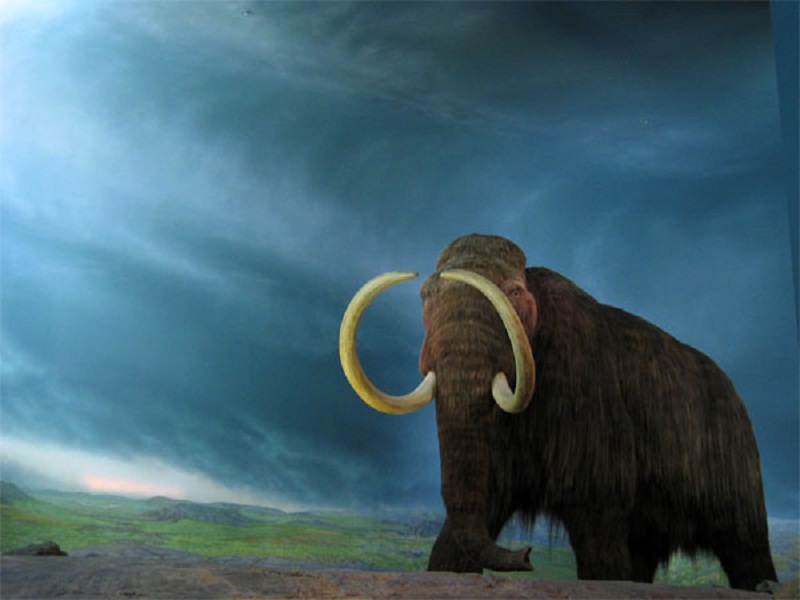-
Tips for becoming a good boxer - November 6, 2020
-
7 expert tips for making your hens night a memorable one - November 6, 2020
-
5 reasons to host your Christmas party on a cruise boat - November 6, 2020
-
What to do when you’re charged with a crime - November 6, 2020
-
Should you get one or multiple dogs? Here’s all you need to know - November 3, 2020
-
A Guide: How to Build Your Very Own Magic Mirror - February 14, 2019
-
Our Top Inspirational Baseball Stars - November 24, 2018
-
Five Tech Tools That Will Help You Turn Your Blog into a Business - November 24, 2018
-
How to Indulge on Vacation without Expanding Your Waist - November 9, 2018
-
5 Strategies for Businesses to Appeal to Today’s Increasingly Mobile-Crazed Customers - November 9, 2018
Humans responsible for extinction of ancient animals, study claims
All were extinct by 10,000 years ago.
Advertisement
Brand new research now offers definitive proof that humans were responsible for the death of ancient megafauna species like the sabertoothed tiger and the woolly mammoth, and even both the woolly rhino and the giant armadillo as well.
A team of researchers led by Lewis Bartlett, of the University of Exeter, base their claims on statistical analysis involving extinction of species, arrival of humans and 90,000 years worth of climate reconstructions.
In a statement, the researchers explained that humanity was “the main agency causing the demise [of megafauna], with climate change exacerbating the number of extinctions”. They arrived at their results by mapping every possible time period each of the animals is believed to have gone extinct and crossed that with the time humans had arrived on continent or island they inhabited. Climate change may also have contributed by limiting habitats and destroying niches, the study suggests, but the fact that the die-outs just happened to occur whenever humans showed up is no coincidence.
In some regions of the world, mainly in Asia, extinction patterns could not be explained either by human migration or climate. This then signifies that new series of studies with an entirely different focus should be performed to consider the neglected areas.
Lewis Bartlett, from the University of Exeter’s Centre for Ecology and Conservation, said: “As far as we are concerned, this research is the nail in the coffin of this 50-year debate – humans were the dominant cause of the extinction of megafauna”. The researchers were not able to differentiate whether the men used them for food, for making fire or if the humans simply drove the animals away.
“What we don’t know is what it was about these early settlers that caused this demise. Understanding why megafauna in mainland Asia is so resilient is the next big question”, says Dr. Andrea Manica, lead supervisor of the study from the Cambridge University.
Advertisement
“The abrupt warming of the climate caused massive changes to the environment that set the extinction events in motion, but the rise of humans applied the coup de grace to a population that was already under stress”, Professor Chris Turney from the University of New South Wales said.




























